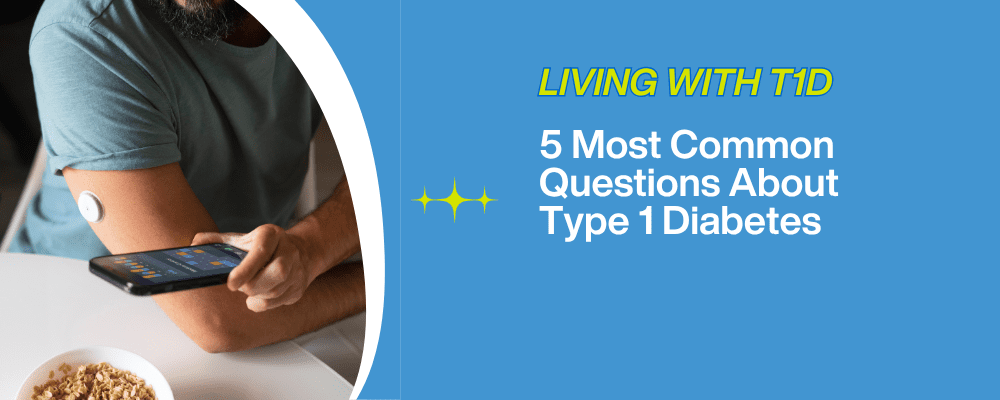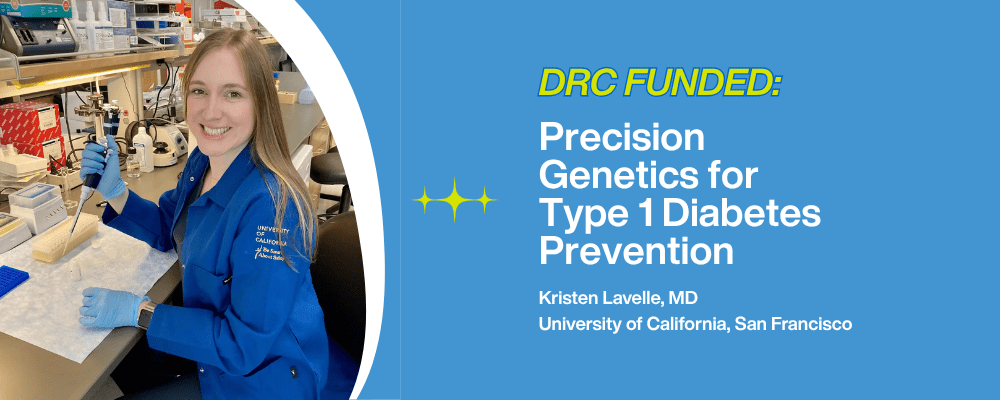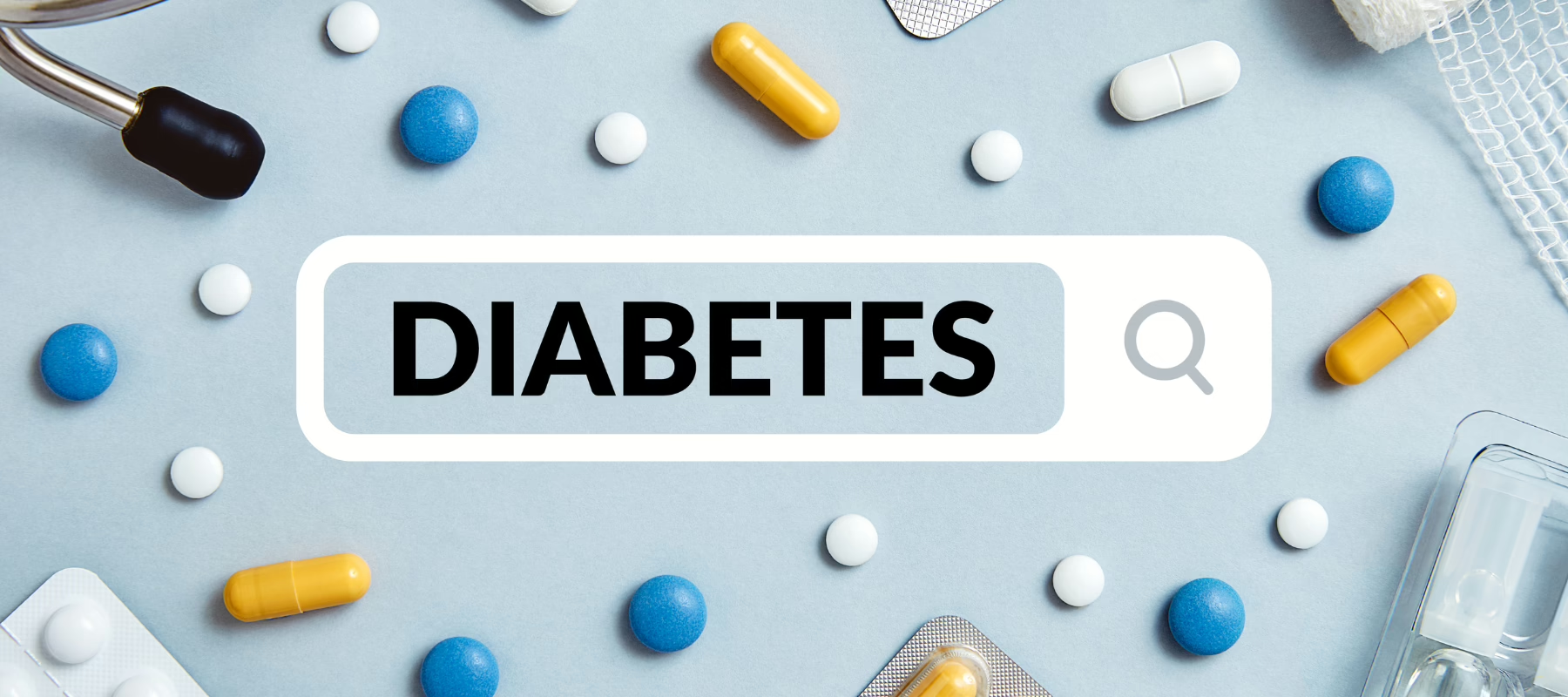Diabetes is a global epidemic. Just consider the following from the World Health Organization’s fact sheet on diabetes:
-In 2014 the global prevalence of diabetes was estimated to be 9% among adults aged 18+ years
-In 2012, an estimated 1.5 million deaths were directly caused by diabetes
-More than 80% of diabetes deaths occur in low- and middle-income countries
-WHO projects that diabetes will be the 7th leading cause of death in 2030
Most everyone in the U.S. has likely felt the burden of diabetes in one way or the other, but in low and middle income, the burden of diabetes is felt even more strongly, as poor access to health services is coupled with a lack of primary health care education.
A Lack of Money to Treat Diabetes
Though insulin was discovered 95 years ago, children and young people across the world still suffer or die from preventable complications because of a lack of insulin. This is due to limited access to insulin globally, particularly in many parts of the developing world. What’s more, even when insulin is available, many families struggle with the cost of insulin and test strips because the cost is so disproportionate to their average monthly income. As of 2012, 12.7% of people across the world live on less than $2 a day. With an income this limited, many of those afflicted with type 1 diabetes simply can’t afford the medicine they need every day. With around 78,000 children under 15 being diagnosed with type 1 diabetes each year, the demand for insulin is only increasing.
A Lack of Type 1 Diabetes Education
In addition to poor access to medical supplies in low-income and middle-income countries, education on living with diabetes is severely lacking in developing countries. Without adequate diabetes education and support, living a full, productive and healthy life with diabetes can be nearly impossible. Even with access to insulin, not knowing how to properly manage your diabetes has severe health repercussions.
What’s more, myths about diabetes abound in many developing nations. A study in India, which has the largest number of patients with diabetes and is known as the “Diabetes capital of the world,” found that nearly half of adult patients surveyed believed that diabetes can be cured by herbal treatment and that bitter foods reduce the elevated blood sugar levels. Misconceptions and myths such as these result from insufficient education and awareness about type 1 diabetes, and only serve to increase the economic and public health burdens of diabetes in low-income and middle-income countries.
The Cyclical Challenges of Diabetes
To make matters worse, the problems of diabetes globally aren’t solely a lack of medication and healthcare. Rather, it becomes cyclical, creating a challenge to not just thrive, but survive.
Consider the child who has diabetes but has inadequate access to insulin and test strips, leading to recurring bouts of diabetic ketoacidosis. Because of this, he can’t attend school regularly. By the time he reaches adulthood, his education is severely lacking. This affects his ability to get a job that pays enough to cover the cost of supplies to manage his diabetes in adulthood. In addition to not being able to afford the medical supplies he needs, his lower level of education means that he’s statistically more likely to believe common myths and misconceptions regarding diabetes, making it even harder to manage.
Ultimately, living with diabetes presents unique challenges no matter where you live, but living with type 1 diabetes in low-income and middle-income countries can significantly exacerbate these challenges. This is why the Diabetes Research Connection has made it our mission to support innovative scientific inquiry until diabetes is eliminated across the globe.
To get involved in the global fight against type 1 diabetes, support one of our diabetes research projects.




